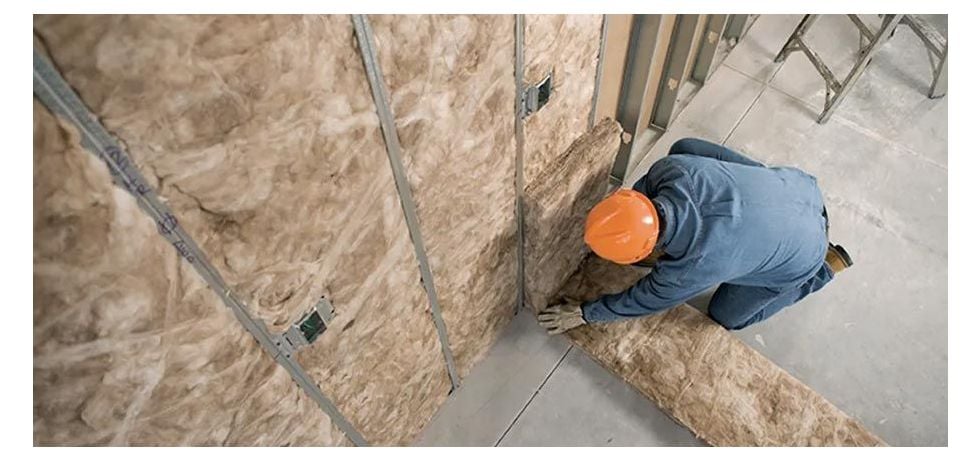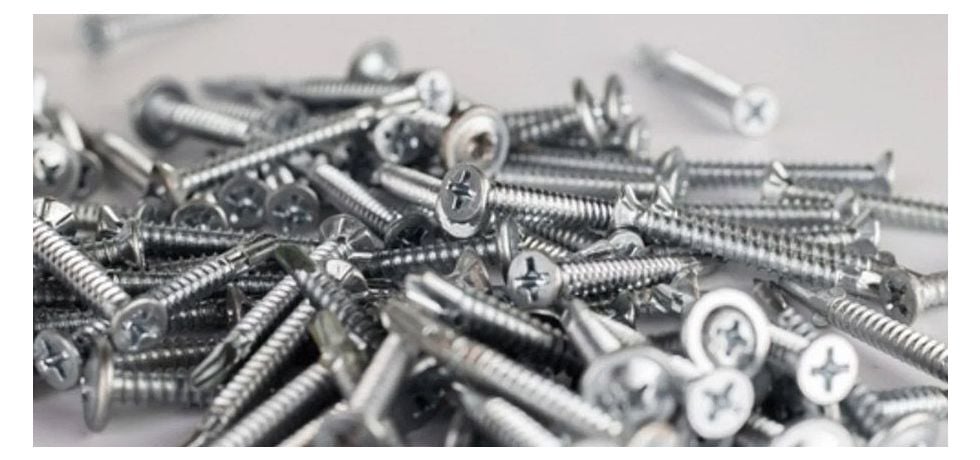Cement & Limes
Useful Blog Posts & Guides
Find out more about Cement & Limes
Cement and limes are essential materials in construction and masonry, each serving distinct yet complementary roles.
Cement is a binding agent that, when mixed with water, forms a paste that hardens over time. It is a key component of concrete, which is widely used in building foundations, structures, and pavements. There are various types of cement, including Portland cement, which is the most common and is made from limestone and clay. Cement provides strength and durability to constructions, making it crucial for structural integrity.
Lime, on the other hand, is a versatile material derived from limestone. It can be used in various forms, including hydrated lime and quicklime. Lime is known for its ability to improve the workability of mortars and plasters, making it easier to apply and shape. Additionally, lime has properties that allow it to absorb carbon dioxide from the atmosphere, contributing to a more sustainable building practice. Lime also offers flexibility in construction, allowing for slight movements without cracking.
Both cement and lime can be used together in certain applications, such as in lime-cement mortars, which combine the strengths of both materials. This combination can enhance the breathability of walls, making them less prone to moisture damage while still providing structural support.
In summary, cement and limes are vital components in construction, each bringing unique qualities that contribute to the strength, durability, and sustainability of building materials.
Cement & Limes FAQs
What is cement made from?
Cement is made primarily from a mixture of limestone, clay or shale, sand, and iron ore, which are natural minerals rich in calcium, silicon, aluminium, and iron. Here’s a closer look at the components and how they contribute to cement:
Limestone - The main ingredient, limestone provides calcium carbonate (CaCO₃), which is essential for the cement's strength. It’s typically around 60–65% of the raw material mix.
Clay or Shale - These provide silica, alumina, and iron oxide, essential for creating the chemical reactions needed in cement. They are typically about 20–25% of the mix.
Sand - Adds additional silica, essential for the strength and durability of the final product.
Iron Ore - Added to achieve the proper chemical balance and temperature during production. Iron helps in achieving the required high temperatures in the kiln.
Manufacturing Process
These ingredients are finely ground and mixed in precise ratios, then fed into a high-temperature kiln where they are heated to about 1450°C (2640°F) to form clinker, a hard, rock-like material. After cooling, clinker is ground down to a fine powder and mixed with a small amount of gypsum to create cement.
This mixture is what gives cement its ability to harden and bind other materials, making it an essential ingredient in concrete, mortar, and other building materials.
What are the different types of cement?
There are several different types of cement, each designed for specific applications. Some of the most common types include:
Portland Cement: The most widely used type, suitable for general construction.
White Cement: Similar to Portland cement but made from raw materials that are low in iron oxide, giving it a white colour, often used for aesthetic purposes.
Oil Well Cement: Specifically formulated for use in oil and gas well applications, designed to withstand high temperatures and pressures.
Rapid Hardening Cement: Gains strength more quickly than regular Portland cement, ideal for projects with time constraints.
Sulphate Resisting Cement: Used in environments where sulphate attack is a concern, such as in soil or groundwater with high sulphate levels.
Blended Cement: Made by combining Portland cement with supplementary cementitious materials like fly ash or slag, enhancing performance and sustainability.
These different types of cement cater to various needs in construction and engineering projects.
What is lime used for in construction?
Lime is used for several purposes in construction, including:
Binder in Mortars and Plasters: Lime acts as a binding agent, providing flexibility and breathability to mortars and plasters.
Soil Stabilisation: Lime is effective in stabilising soil, improving its load-bearing capacity, and reducing plasticity.
Waterproofing: Lime can enhance the water resistance of building materials.
Historical Restoration: Lime is often used in the restoration of historic buildings due to its compatibility with traditional materials.
Improving Workability: Lime can improve the workability of concrete and mortars, making them easier to apply.
Overall, lime is valued in construction for its versatility and beneficial properties.
How do cement and lime differ?
Cement and lime differ in several key ways:
Composition: Cement is primarily made from limestone and clay, while lime is derived from limestone through a process called calcination, where limestone is heated to produce quicklime (calcium oxide) and then hydrated to make slaked lime (calcium hydroxide).
Setting and Hardening: Cement hardens through a chemical reaction called hydration when mixed with water, forming a solid mass. Lime, on the other hand, can harden through carbonation, which occurs when it reacts with carbon dioxide in the air, and it typically takes longer to set.
Strength and Flexibility: Cement is generally stronger and more rigid than lime. Lime provides more flexibility and is less prone to cracking, making it suitable for applications where movement is expected.
Uses: Cement is commonly used in concrete and as a binder in construction, while lime is often used in mortars, plasters, and soil stabilisation.
These differences make each material suitable for specific construction applications.
Can I use lime instead of cement?
Yes, you can use lime instead of cement in certain applications, but there are important considerations to keep in mind. Lime is more flexible and breathable than cement, which can be advantageous in specific situations, such as in historic restoration or when working with traditional building materials. However, lime generally has a lower compressive strength compared to cement, so it may not be suitable for all structural applications.
If you're considering using lime, it's essential to assess the specific requirements of your project to determine if it meets your needs.
How long does it take for cement to cure?
Cement curing is a gradual process, and while it may appear dry on the surface, full curing takes time:
Initial Setting - Cement generally sets within 24 to 48 hours, allowing light foot traffic. At this stage, it reaches enough hardness to be workable but is far from its full strength.
Primary Curing - In 7 days, cement reaches approximately 70% of its ultimate strength. Keeping it moist during this period helps prevent cracking and enhances durability.
Full Cure - Cement takes around 28 days to reach its full strength (100% cure). At this point, it has achieved its maximum hardness and durability, making it fully ready to bear load and weather exposure.
During the first 7–14 days, the cement should be kept moist to prevent rapid drying, which can cause cracks. Full curing times can vary depending on environmental conditions such as temperature, humidity, and the cement mix ratio, so some projects might require longer curing times, especially in colder or hotter climates.
Is lime environmentally friendly?
Yes, lime is generally considered environmentally friendly and has several properties that contribute to sustainable construction and soil improvement. Here are some of the reasons why lime is seen as an eco-friendly choice:
Natural Composition: Lime is derived from limestone, a natural and abundant mineral, which requires less processing and energy to produce compared to other materials, such as Portland cement.
Lower Carbon Emissions: Lime production emits less CO₂ than Portland cement production. Although CO₂ is released during calcination, lime can reabsorb CO₂ during carbonation over its lifespan, helping to offset emissions.
Biodegradability: Lime is non-toxic and biodegradable, making it a good choice for applications that need to minimise environmental impact, such as soil stabilisation and waste treatment.
Energy Efficiency: Lime has a lower firing temperature (around 900°C) compared to cement (around 1450°C), which results in reduced energy consumption in production.
Durability and Breathability: Lime-based materials are durable and allow buildings to "breathe," which reduces trapped moisture and potential mould growth. This characteristic helps extend the lifespan of buildings, reducing the need for frequent replacements or repairs.
Soil Health and Agriculture: Lime is commonly used to improve soil quality by balancing soil pH levels, making it more suitable for agriculture. Its application in soil treatment can reduce the need for chemical fertilisers, benefiting soil health.
Waste Treatment: Lime is also used to neutralise waste products and treat water, helping reduce pollutants and protect ecosystems.
While lime is eco-friendly in many aspects, transportation and energy use in production still impact the environment. However, with proper sourcing and usage, lime remains one of the greener building materials available.
What are the benefits of using lime in construction?
Flexibility and Workability: Lime-based materials are more flexible than cement, which helps reduce cracking and allows for easier application.
Breathability: Lime allows moisture to evaporate, which can help prevent issues like mould and dampness in buildings.
Sustainability: Lime has a lower carbon footprint compared to cement, making it a more environmentally friendly option.
Durability: Lime can withstand weathering and is resistant to decay, which contributes to the longevity of structures.
Aesthetic Appeal: Lime can create a beautiful finish, with a range of textures and colours available for different applications.
These benefits make lime a valuable material in various construction projects.
How should I store cement and lime?
To store cement and lime properly, follow these guidelines:
Keep Dry: Both cement and lime should be stored in a dry environment to prevent moisture absorption, which can lead to clumping or hardening.
Use Airtight Containers: If possible, store them in airtight bags or containers to protect them from humidity.
Elevate Storage: Place the bags or containers off the ground on pallets or shelves to avoid contact with moisture from the floor.
Avoid Direct Sunlight: Store in a shaded area to prevent temperature fluctuations and deterioration of the materials.
Check Regularly: Inspect the stored materials periodically for any signs of moisture or damage.
Following these steps will help ensure that your cement and lime remain in good condition for use.
Can I mix cement and lime?
Yes, you can mix cement and lime together, and this combination is often used in construction to create a more workable and flexible mortar or plaster. The lime helps improve the workability and adhesion of the mix, while the cement provides strength and durability.
When mixing, it's important to find the right proportions, typically using a ratio of about 1 part cement to 1 part lime, along with sand. This will depend on the specific application and desired properties of the final product. Always ensure that the mix is well-combined and consistent for the best results.








Shop our range of Cement & Limes at Trading Depot. Discover our premium range of cement and limes for strong, durable, and reliable construction. We stock general purpose cement, quick-set cement, hydrated lime, and specialist products ideal for bricklaying, rendering, and mortar mixes. Perfect for both domestic and commercial projects, our products ensure excellent workability and long-lasting performance.